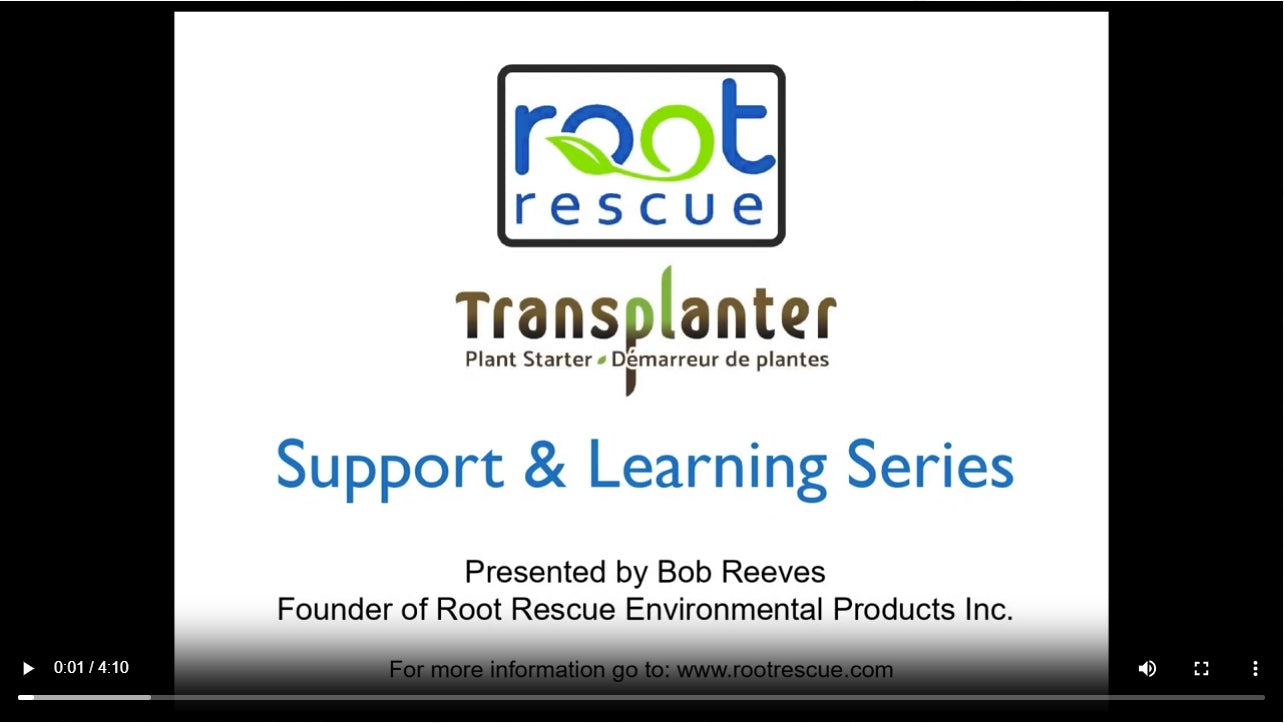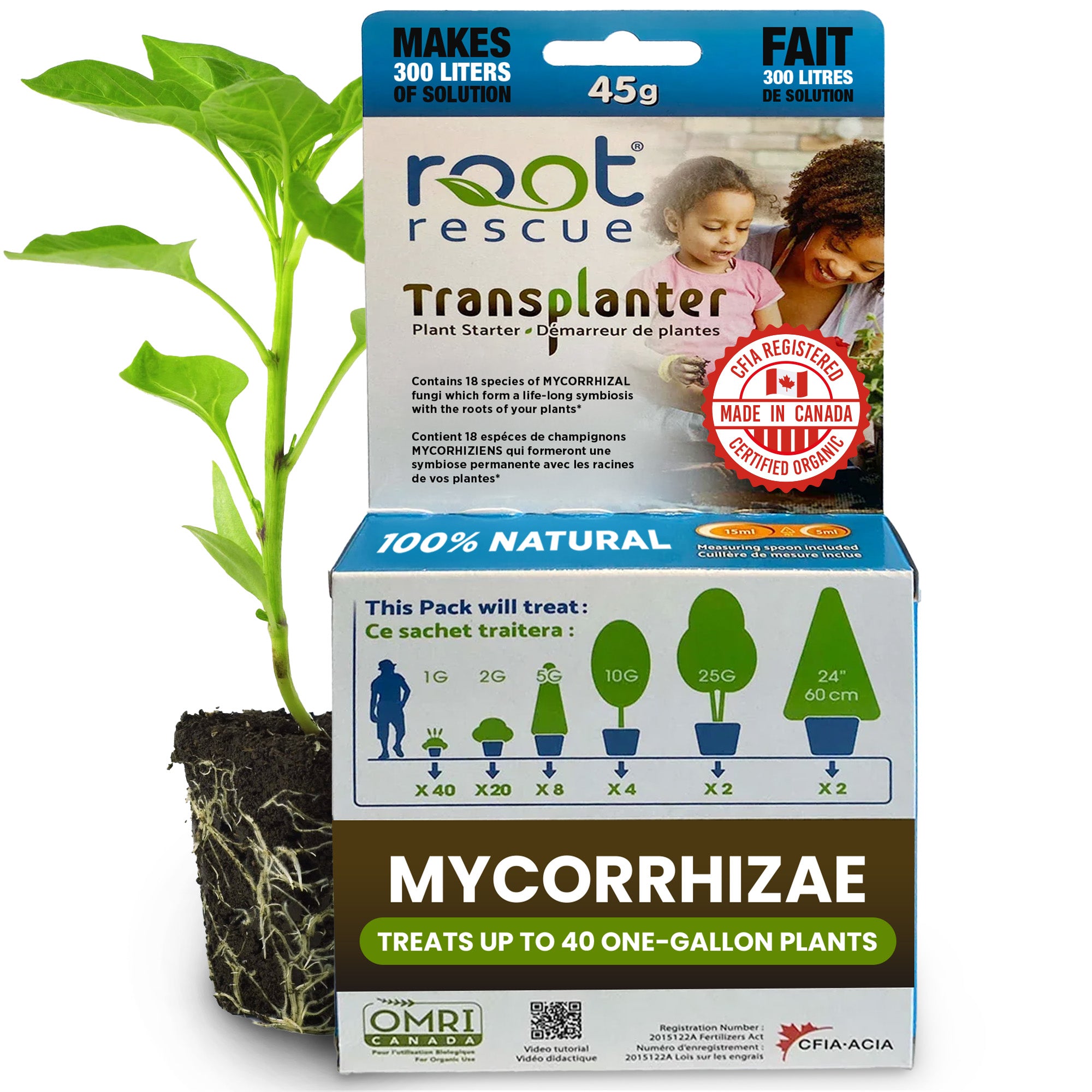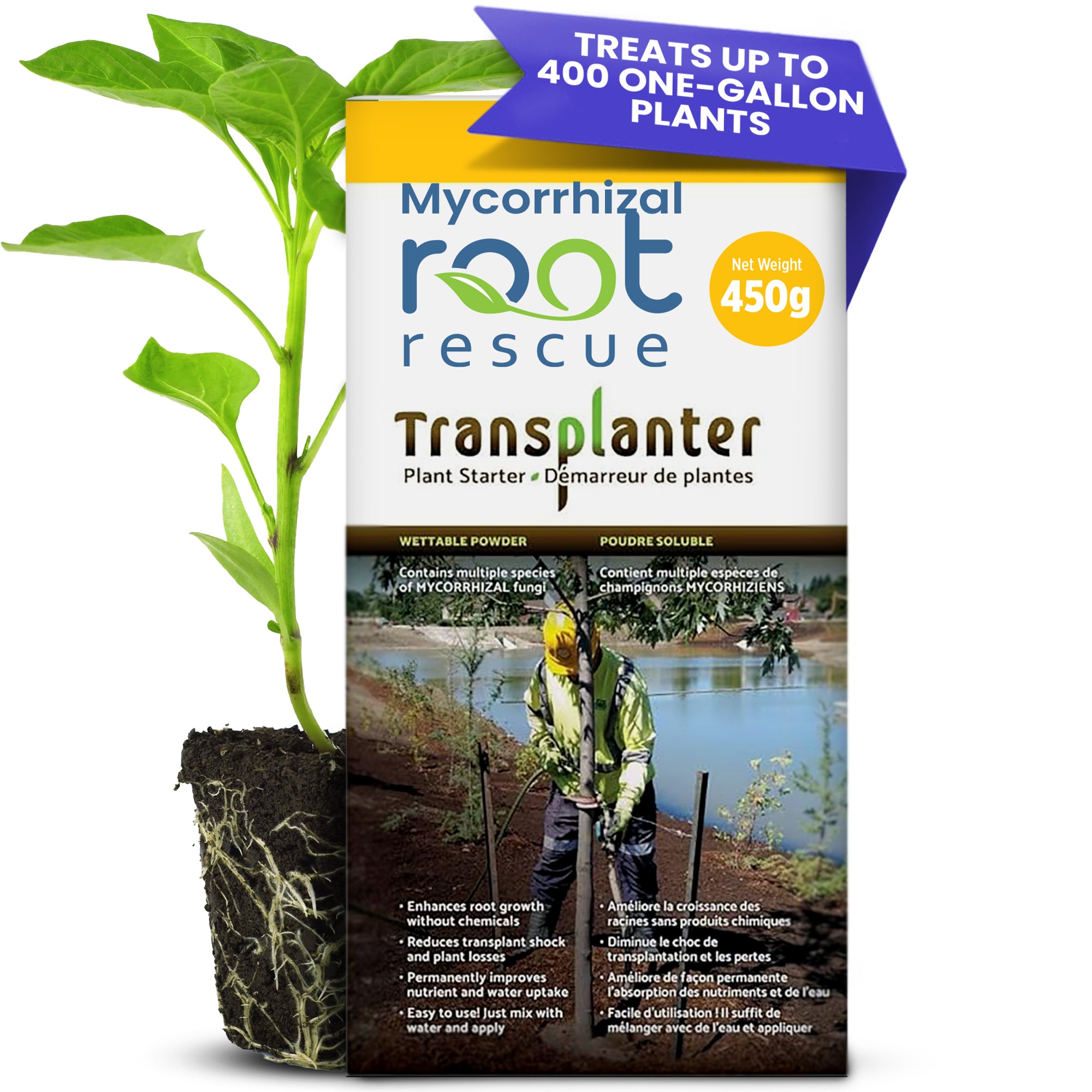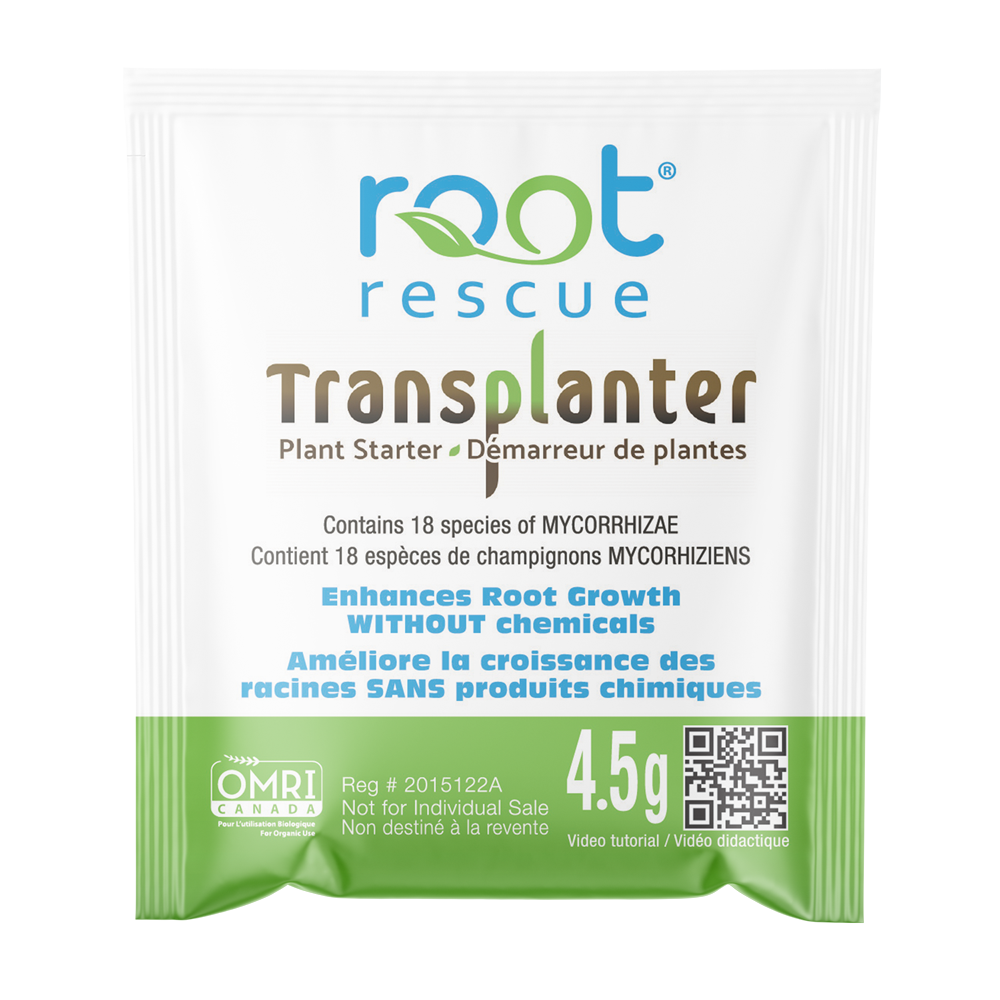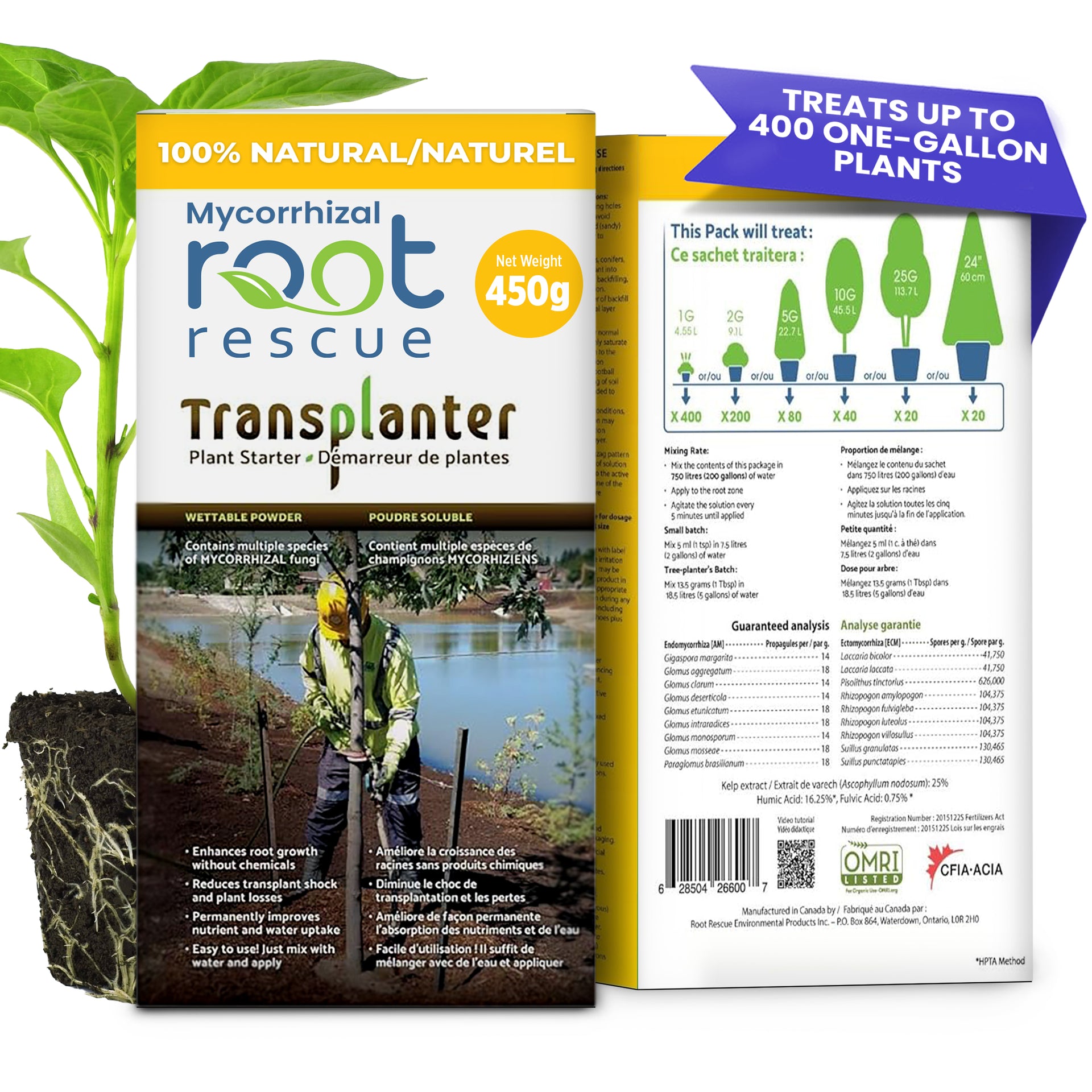
What are Mycorrhizal Fungi?
The main benefit of Mycorrhizal Fungi is its ability to assist the roots of their host plants. Once mycorrhizae are connected to roots, the plant’s access to water and nutrients (particularly nitrogen, phosphorus, zinc, manganese and copper) increases. This is because the hyphae (the thread-like filaments of the fungi - which can look like cotton candy to our eye) increase the area of absorption from soil.
Mycorrhizal filaments grow 100 to 1000 times faster than roots, and rapidly form dense spongy mats in the soil (these dense mats are called Mycelium). The mycorrhizal network acts like a second set of roots for its host plant. Mycorrhizal hyphae are smaller in diameter compared to plant roots and can penetrate tiny cavities in the soil - accessing and exploring areas otherwise unavailable to roots.
The benefits of the mycorrhiza include:
Improved resistance to Transplant Shock.
Increased drought and salinity stress tolerance.
Increased water and nutrient uptake.
Sequestration of atmospheric CO2


Scientific Research (the University of Guelph Study)
The research team tested Root Rescue Transplanter’s effectiveness in assisting plants survive transplant shock (the leading cause of plant failure after planting).
More than 2100 trees were involved in the 5-years of trials. Half the trees were treated with Root Rescue mixed in water, while the other half (the control group) received only water.
This in-depth, five-year study involved over 21 different species of trees, and proved the following (with all of the species involved):
Why Urban Soils Are Dead Soils
In natural landscapes and forests - dominated by large trees and lush vegetation - growth seems unstoppable. Here in nature, soils are dominated by dense networks of beneficial mycorrhizae fungi.
In urban soils, however, there are only very low levels of this beneficial fungi.
This is mainly due to the way the urban soils have been damaged. During the construction of homes, roads, plazas etc., much of the natural topsoil is removed and carted off-site, exposing the nutrient deficient, low organic content subsoil. The remaining topsoil is left in piles to bake and decay while the construction is completed. Heavy machinery pulverizes and compresses the ground even further, and once construction is finished, the pile of dedicated topsoil is spread in a thin layer over the subsoil before planting begins.
To make up for the infertility of these damaged soils, chemical fertilizers are often applied in abundance - leading to a further depletion and suppression of the natural microbes that plants and trees most desire.
By reintroducing mycorrhizal fungi into soil at the time of planting, we can bring life back into the soil and do so in an environmentally sustainable way.

To make up for the infertility of these damaged soils, chemical fertilizers are often applied in abundance - leading to a further depletion and suppression of the natural microbes that plants and trees most desire.
By reintroducing mycorrhizal fungi into soil at the time of planting, we can bring life back into the soil and do so in an environmentally sustainable way.

Why are our Urban and Suburban Soils in Trouble?
Here is Part 1 in our 3-part video series that looks at this question:
